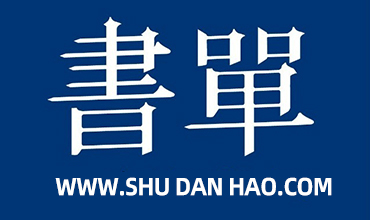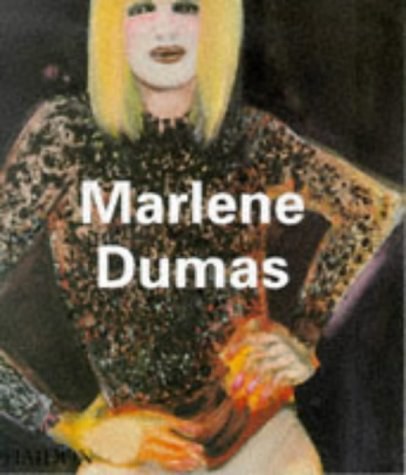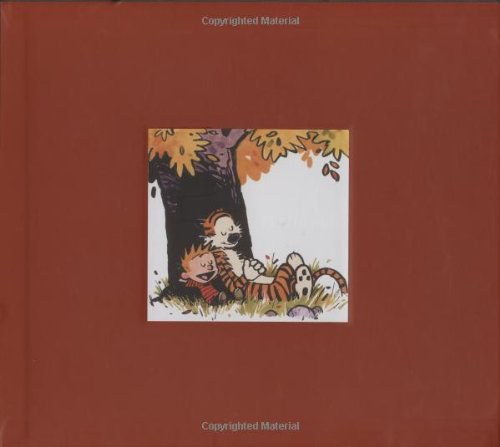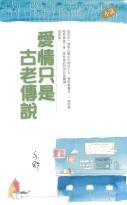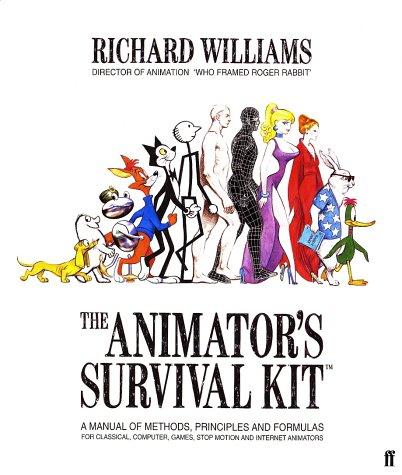![[匈牙利] 李盖提·拉约什《黄色的神祇 黄色的人民》](http://oss.shudanhao.com/caiji/chazidian/2023/23778.jpg)
[匈牙利] 李盖提·拉约什《黄色的神祇 黄色的人民》
书刊介绍
内容简介
Lajos Ligeti
October 28, 1902 - May 24, 1987
Ligeti was born at the North Hungarian city, Balassagyarmat. After his secondary school years at Gyarmat, he gained admission to the Budapest József Eötvös College of great fame and French orientation. As a student of the Faculty of Arts in the University of Budapest he studied classical philology, and learned even more absorbedly Turkish philology and severe judgement from Gyula Németh, with whom the undergraduate dissected the works of great Vámbéry to false and true segment. He learned etymology, a passion to search for the Turkish elements of Hungarian language from Zoltán Gombocz. But he realized that at home he could not arrive at the final source of our relationship with, and beyond, the Turkish peoples, so after he took a Ph. D. degree with honours - then rewarded with an iron ring instead of the golden one of the pre-war time - he gladly went to Paris to be instructed by the great masters of Sorbonne. On a Hungarian scholarship, he studied Chinese subjects with Henri Maspéro, Tibetan philology - in the wake of Csoma de Kőrös - with Jacques Bacot, and first and foremost, the Mongolian and related fields with highly versatile Paul Pelliot, his most influential professor in Paris.
The metropolis urged him to stay, but he returned to Hungary, into unemployment. Eventually he managed to raise support for an expedition to China. In 1928-30 he visited the Mongols in the north between theGreat Wall and the Gobi Desert. He lived in lamaistic monasteries and studied the little known languages of southern and eastern Mongolians: Chahar, Harchin Tumet and Dagur, so important for its ancient pecularities. Most of his collection was destroyed during the Second World War, but his invaluableold Mongolian, Manchu, Tibetan and Chinese Manuscripts and books survived, which he gave to the Library of the Hungarian Academy as a gift. In his scholarly report (Rapport preliminaire..., 1933) he made mention of his inquiry into the 108-volume Mongolian Buddhist canon, which he was the first to describe as an immense source for linguistic, cultlral and historical research (Catalogue du Kanjur mongol imprimé, 1942-1944). In the autumn of 1936 he travelled to Afghanistan, where he sought out the Moghols, a people believed to have already vanished, and reported new data on their disappearing language. He also studied the folklore of the Uzbeks in Afghanistan. In the meantime he dicovered the correlation between the long vowels of old and contemporary Turkish languages.
From 1936 he was elected corresponding member of the Hungarian Academy of Sciences and an ordinary member from 1947. He was 37 when he became a professor of the Faculty of Arts in the University of Budapest and a year later he was appointed to the holder of the Chair of Inner Asia. He was the first to teach there Mongolian and Tibetan language and culture, Inner Asian history and Manchu, from the alphabet to many settled and unsettled quetions and to various complex methods of investigations. In addition to his own department, for twenty years, he also held the Chair of the Far East, where he taught the first generations of Hungarian sinologists. For several years he was in the Chair of Turkish philologyas well. Among others, he was also managing director of the Institute for Hungarian Studies.
He was the vice-president of the Hungarian Academy of Sciences for two decades. He was the founder of Acta Orientalia Academiae Scientiarum Hungaricae, so far the longest-lived of our journals devoted to Oriental studies; he edited the monograph series Bibliotheca Orientalis Hungarica in Europaean languages and that of the Csoma de Krös Pocket Library in Hungarian; he reorganized the Csoma de Krös Society, set up a research group under the aegis of the Academy to constitute a workshop for tacking the philological problems of Mongolian, Turkish, Manchu, Tungus and Inner Asian subjects. He initiated the teaching of Altaic subjects at Szeged University. He donated his private library of several thousand volumes to the library of Szeged University.
After his tour of Japan at the onset of the Second World War, from the late 40-s he travelled extensively, also to Mongolia and again to China, though for shorter times. He devoted most of his time left from his university and academy engagements to research. He probed into the history of the Mongolian, Turkish, Manchu, Tungus and Tibetan languages, literature and culture, published and interpreted sources, edited the Collection of Mongolian Written Monuments and the Mongolian Vocabulary of Istanbul, dechipered the Mongolian material in the Yemen Polyglot written in Arabic script, threw light on the principles and dechipherment of the Jurchi "small characters" and searched for the key to the Khitan language and writing.
He published in Hungarian and in foreign languages (first of all in his favourite French); he wrote for the narrow circle of connoisseurs and for all literate Hungarians in a wise, well- refined style. He translated the Secret History of the Mongols, the Tibetan Sa-skya pandita's Subhasitaratnanidhi into Hungarian. His last greatest work, The Early Turkish Relations of the Hungarian Language before the Conquest and during the rpád Dynasty - published in Hungarian - is good reading for experts and lay readers alike for all who are interested in the living linguistic proof of our relationships reaching as far as the easternmost corners of Inner Asia, and in the Hungarian prehistory in general.
He was a member of several scholarly associations abroad. Several Hungarian decorations and those of other countries acknowledged his endeavours in education, research, organization and the public life.
Kara György, Louis Ligeti, 1902-1987: AOH 41(1987) pp. 3-6.
作品目录
前言(豪泽伊.捷儿吉)()
引言()
出版者注()
认识中国。在东亚的第一年()
在北京。准备内蒙古之行()
张家口,蒙古的大门()
越过长城。玛尔盖庙()
七湖之城:多伦诺尔()
布彦德尔格,我的房东()
“黄殿”()
寺院的祸端()
在寺院里的第三个月()
在前往喀喇沁王爷寺院的路上()
在亚林皮尔喇嘛的房子里()
活佛和其他高僧()
蒙古新年()
蒙古王爷贡桑诺尔布()
公爷府的呼毕勒罕()
在十一面观音的洞窟里()
山中的盗匪天下()
医生()
在途中。红色岩石的城市:哈达()
经过汉人的孤岛,去找敖汉蒙古人()
继续向东南方行进()
大寺()
占星师德瓦钱波()
沉沦的蒙古人世界。回到北京()
后记()
相关推荐
-

东西方艺术的交会
《东西方艺术的交会》内容简介:近代东西方艺术交流史之权威读本 《中国艺术史》《20世纪中国艺术与艺术家》作者、牛津大学荣休院士
-

零基础数码摄影后期教程
《零基础数码摄影后期教程》内容简介:本书基于作者多年来在高校、培训机构、各种摄影社团等为众多摄影爱好者开设的“数码摄影后期
-

中国美术史:精装索引版
中国美术史:精装索引版 本书特色 《中国美术史》是一部研究中国美术发展历程的专题学术著作。全书以六章篇幅和大量传世之作及考古出土珍贵文物资料,系统而又简明地阐述...
-

卢跃刚《大国寡民》
卢跃刚1958年出牛,四川人。中国青年报社新闻中心副主任,主任记者。中国报告文学学会理事,中国作家协会会员。主要作品:小说《
-

经济新常态下社会治理研究
《经济新常态下社会治理研究》内容简介:经济发展是政治发展、社会发展的基础,经济的调整和变动必然影响和扩展到其他维度,经济“
-

崇祯权力场:大明王朝的最后弈局
崇祯权力场:大明王朝的最后弈局 本书特色 一部解说崇祯帝“过犹不及”的悲情反腐路的历史类力作!看历史周期背后帝王的突围表演,叹王朝剧变之际百官的天地良心,悲情反...
-

西汉中后期政局演变探微
西汉中后期政局演变探微 内容简介 本书包括:“巫蛊之祸”与武帝晚年政局、“公孙病已立”谶言的出现与昭帝统治局势、宣帝政治与霍光家族等内容。西汉中后期政局演变探微...
-

二十世纪的历史学(从科学的客观性到后现代的挑战)
二十世纪的历史学(从科学的客观性到后现代的挑战) 内容简介 作者在本书中考察了关于历史和历史学性质的思想的深刻变化,以及自 19世纪职业历史学出现以来作为其基础...
-

通向远方的路
通向远方的路 本书特色《通向远方的路》以明清、民国到当代丝绸之路文化交流为线索,论述了这一历史时段丝绸之路文化交流。作者站在世界文明走向的变化审视这一历史时期的...
-

故人何寂寞-风雨中的民国故居
故人何寂寞-风雨中的民国故居 本书特色 ☆民国名人的小闲事与微生活☆厅堂上的独立精神 闺房中的耳鬓厮磨 院落里的家长里短☆全彩图 展现故居中*美的人☆新京报专栏...
-

关山迢递-河陇历史文化地理研究
关山迢递-河陇历史文化地理研究 本书特色 《关山迢递:河陇历史文化地理研究》由上海人民出版社出版。关山迢递-河陇历史文化地理研究 内容简介 李智...
-

拉面:国民料理与战后“日本”再造
《拉面:国民料理与战后“日本”再造》内容简介:从舶来品到国民料理,从劳动人民的主食到风靡全球的日本标签 一碗拉面的成名,现代
-

认知工具
《认知工具》内容简介:这本书延续了《自私的基因》的理论,对人类认知和思维的进化进行了探索。人和其他动物在大脑上的差别究竟是
-

人类的故事
人类的故事 本书特色 《人类的故事》是一部以通俗手法描写人类文明发展史的历史巨著,被许多国家和地区的人们当作*好的通史类入门书。书中有节奏明快的“大历史”叙述,...
-

冲击与回应
《冲击与回应》内容简介:费正清主编并撰写导论 中国近代思想领域的文献汇编与评论的完美结合 费正清提出的“冲击-回应”理论,影响
-

惊世奢华-解读满城汉墓
惊世奢华-解读满城汉墓 本书特色 一次极其偶然的发现,却成就了中国考古电上一个石破天惊的事件。位于河北省满城县城西南1.5公里处陵山上的天下**崖墓满城汉墓,是...
-

内战记
内战记 本书特色 本书是出自大名鼎鼎的古罗马帝国奠基人恺撒的亲笔,既是古罗马历史名著、拉丁语黄金时期的散文代表作,也是富有战略战术的兵书,对西方史学界、文坛和兵...
-

切尔诺贝利的午夜
切尔诺贝利的午夜 本书特色 ★切尔诺贝利,人类文明史上的永恒噩梦:权威记者十数年深度调查,数百小时采访录音,大量档案、书信、回忆录首次曝光,全景式展现了这场我们...
-

学府往事系列--名家留学记(大师们的留学生活)
学府往事系列--名家留学记(大师们的留学生活) 内容简介 名家留学记:大师们的留学生活》记录的人物有:容闳、唐绍仪、马寅初、蒋梦麟、竺可桢、姜立夫、胡适、赵元任...
-

三国史话
三国史话 本书特色 吕思勉所*的《三国史话/周读书系》是历史学家吕思勉生前所写的**一部通俗性的史学作品。作者以丰富的历史知识为基础,从文学和史学的角度,对三国...

